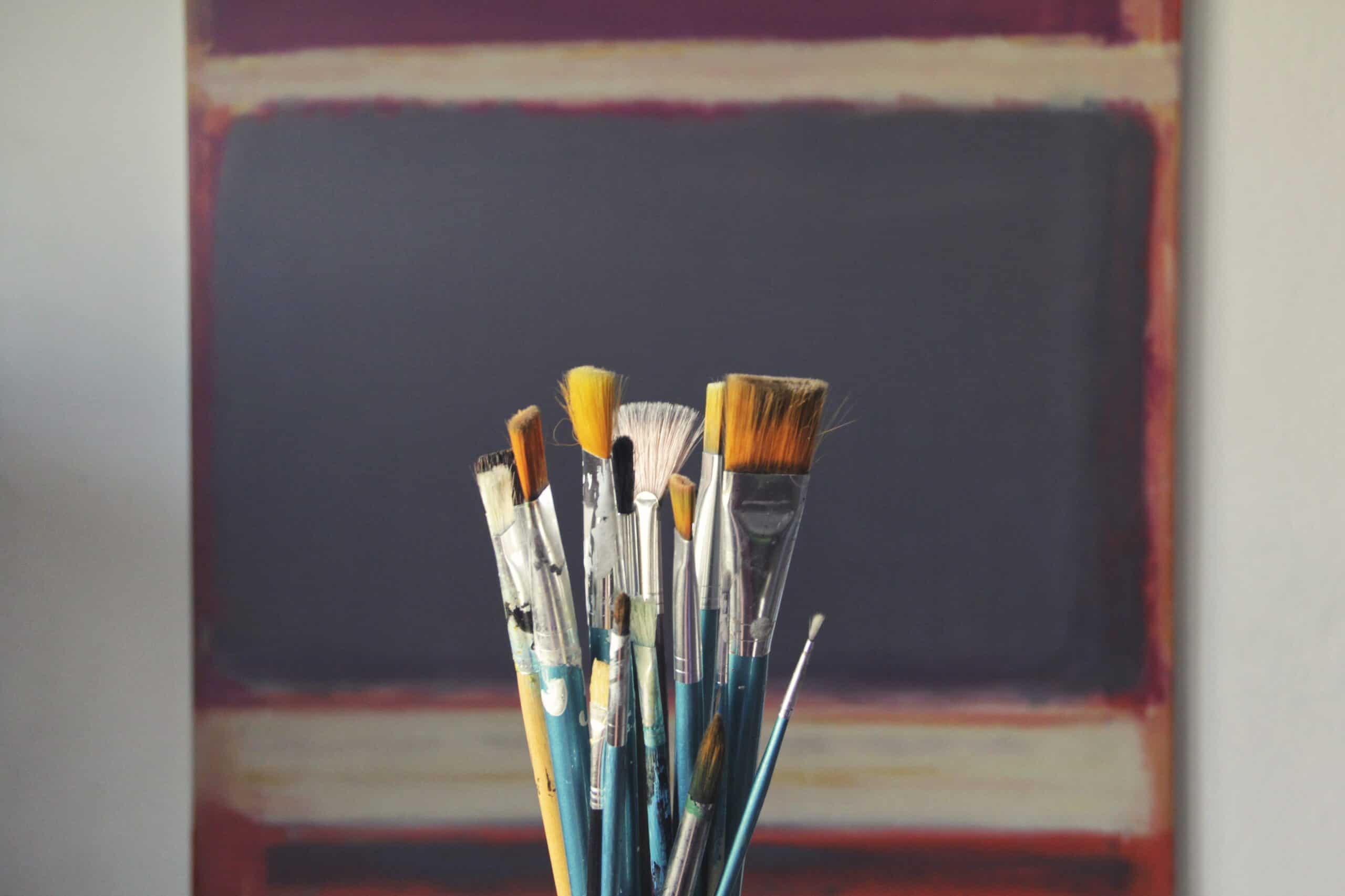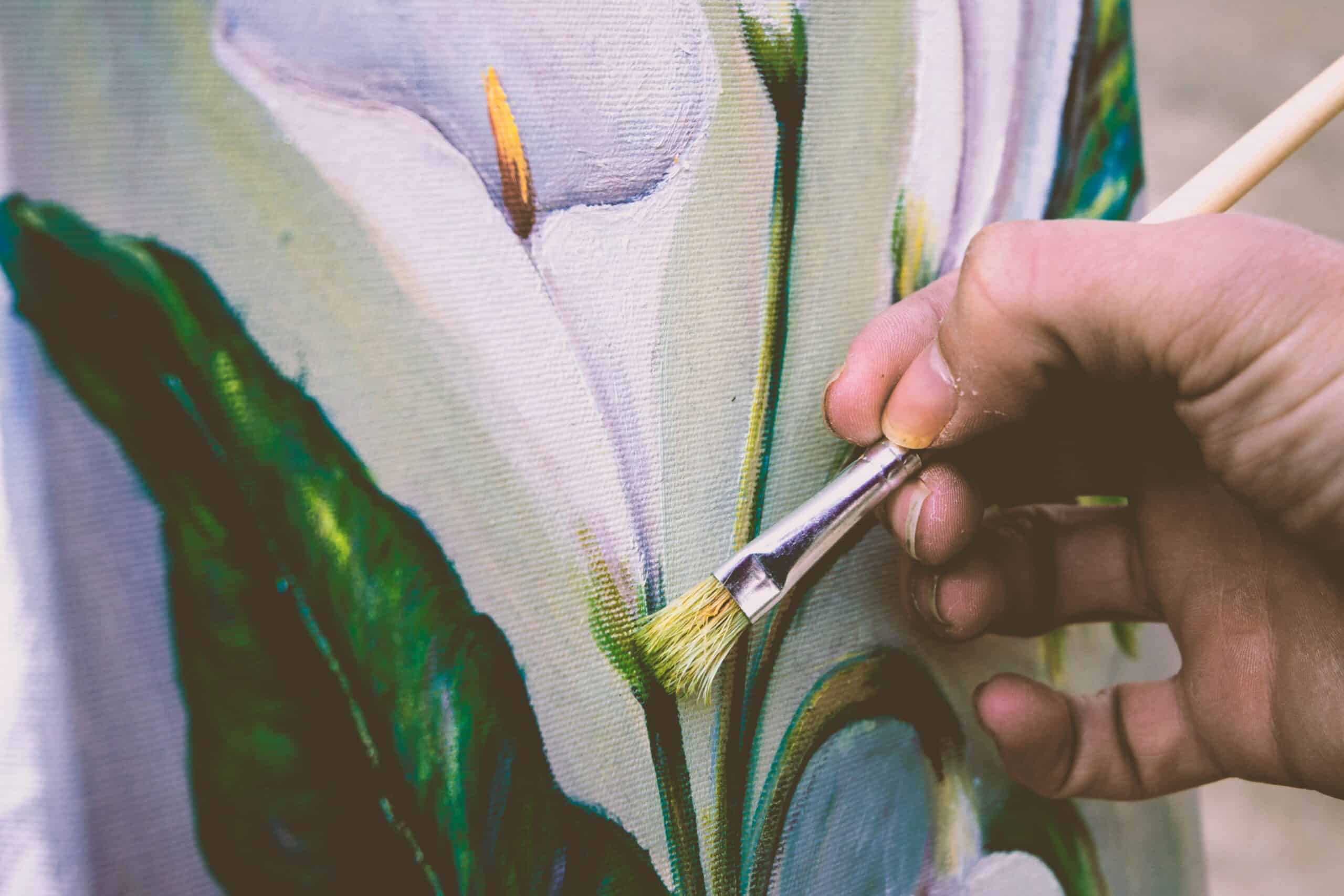How Much Paint For Acrylic Pour Chart
Are you a budding artist, looking to start experimenting with acrylic pouring? If so, having the right amount of paint is key in creating beautiful and stunning works of art. But how much paint do you need for an acrylic pour chart?
As a professional painting consultant, I have all the answers that will help get your project off to a great start. In this article, I’ll take you through what type of paints are best for acrylic pours, as well as helpful tips on measuring out the correct amounts for each color used in your project.
No matter if you’re just starting out or already experienced with acrylic pouring techniques, understanding the different factors involved when it comes to estimating how much paint is needed can help improve the end result significantly - leaving you with spectacular artwork every time! So let's dive into the world of acrylic pouring and find out exactly what you need to know about calculating your paint requirements.
Supplies Needed
If you're considering an acrylic pour painting project, the first question that may come to mind is "How much paint do I need?" The answer, of course, depends on a few factors. As a paint expert and consultant, let me talk you through what it takes to make sure your masterpiece comes out just right.

To start with, you'll need some basic supplies - namely, paints and other materials related to creating art with them. Quality matters when it comes to choosing paints for this type of job; otherwise, you can end up with unsatisfactory results. You'll also want to consider how large of an area you are trying to cover before purchasing any supplies. Then you can calculate the total amount of paint needed based on that size.
Finally, if you plan ahead properly and purchase enough material from the outset, there's no reason why your finished piece won't be stunningly beautiful! And now that we've covered the basics in terms of supplies needed for a successful project – let's move onto mixing the paint.
Mixing The Paint
Now that you've gathered all the supplies needed for your acrylic pour painting, it's time to mix up the paint. As a paint expert/consultant, I recommend starting with a 1:1 ratio of pouring medium to acrylic paints. This will give you an ideal consistency where the paint flows nicely and still maintains its color saturation. Make sure to stir or shake each mixture well before using them on your canvas.
Next step is estimating how much paint you need for this project. If your canvas size is small then use one ounce (30 ml) of each paint color as a guideline per square foot of space you are covering. If however, your canvas size is large then increase the amount accordingly. For most projects two ounces (60 ml) should be more than enough per square foot of space covered by the painting. Don't forget to add some extra just in case!
When measuring out any additional colors make sure they match the same ratios used above so that your final product looks balanced and consistent throughout.
Remember that darker shades may require slightly more pigment since they tend to be heavier when added into the mix.
Once everything has been measured out properly it's time to start creating something beautiful!
Estimating Amount Of Paint
Pouring paint can prove perplexing when it comes to calculating the amount of paints needed. But with a few tips, tricks and techniques, you’ll be able to effortlessly estimate how much liquid is necessary for your project.

First and foremost, familiarize yourself with the surface area that will need covering. Measurements in inches or centimeters are most accurate for this task; however, if more precision is required, consider using feet as a unit of measurement. Once you have determined the size of your canvas, use this handy formula: (Length x Width) ÷15 = Amount of Paint Needed in Ounces.
To help streamline this process further, here are some helpful bullet points:
- Estimate 15 ounces per square foot.
- Keep track of measurements and calculations on paper or an app.
- If painting multiple canvases at once, add up total amounts before pouring.
- Ensure all materials used are consistent in terms of texture and thickness.
With these rules in mind – plus some practice – estimating the right amount of paint becomes second nature. With pre-made calculators and charts readily available online too, there's no need to become overwhelmed by the task.
Pre-Made Calculators And Charts
When it comes to acrylic pouring, having the right amount of paint is essential. The last thing you want is too little or too much paint! That's why pre-made calculators and charts are so helpful. They take all the guesswork out of calculating how much paint you need for your project. Calculators can be found online that will give you an exact measurement based on the size of canvas and type of pour technique being used. And if you prefer a chart, there are also plenty available with recommended amounts of paint per square inch or centimeter depending on what size canvas you're using.

It's always best to start off by buying more than enough paint so that you don't run out in the middle of a project. Knowing exactly how much paint to buy ahead of time helps prevent any unnecessary stress later on down the road. Plus, it ensures a successful outcome when painting with acrylics – something every artist wants!
No matter which route you choose, pre-made calculators and charts provide invaluable guidance in knowing just how much paint to purchase before starting your next masterpiece. With one less variable to consider, creating beautiful art becomes easier and more enjoyable!
Troubleshooting Tips
Sometimes painting projects can be difficult to manage, and it can be hard to figure out how much paint is needed for acrylic pouring. To help troubleshoot this issue, I'll provide some tips on getting the measurements right.
The first thing to consider is making sure you know the exact size of your canvas or surface area that will be painted. This way, you'll have a better idea of how much paint you need. You could also measure any objects in the image that will be painted, such as trees or buildings, so there's no guessing involved when deciding how much paint to use for each color.
Size (sq ft) | Amount of Paint (oz.) | Amount of Paint (ml) |
|---|---|---|
10 | 8 | 237 |
20 | 16 | 473 |
30 | 24 | 709 |
Lastly, if you're still having trouble measuring accurately, make use of a chart like the one below with common sizes and corresponding amounts of paint required for an acrylic pour project. That should give you a good starting point and help ensure accuracy when it comes to estimating your supplies!
Now that we've gone over troubleshooting tips when it comes to knowing exactly how much paint is needed for an acrylic pour project, let's move onto cleaning up and storage after the job is done!
Clean Up And Storage
A lot of people assume that painting is a clean activity - but it's actually quite messy! Cleaning up after an acrylic pour can be a daunting task, and storing supplies properly will make your next project much smoother.
Thankfully, there are products available to help you with the cleanup process and store your paints safely for future use.
Ironic as it may seem, one of the best ways to start cleaning up after an acrylic pour is with more paint! A thin coat of varnish or sealant will protect the finish from dirt and dust while making sure any residual paint comes off easily when it’s time to do another project. Once this layer has been applied, you can begin wiping down surfaces with warm water and mild soap. Be sure not to scrub too hard so you don't damage the artwork underneath!
When all traces of color have been removed, you'll want to consider how best to store your supplies. Acrylic paints should always be stored in tightly sealed containers away from direct sunlight or extreme temperatures; they tend to dry out quickly if exposed to air or heat. Brushes should also be cleaned thoroughly before being put away in their original packaging or wrapped in paper towels until needed again. This ensures no debris gets trapped between bristles which could cause them to become stiff over time.
Now that everything is nice and tidy, you're ready for whatever creative challenge comes your way! With proper care, these tips will keep both your workspace and artworks looking great for years to come.
Conclusion
In conclusion, painting with acrylic pours is a great way to create stunning works of art. The key to success lies in understanding how much paint you need for your project, and the best way to do this is by using a chart or pre-made calculator. With the right supplies on hand and an accurate measure of paint, anyone can master the art of acrylic pouring!
The most important thing about avoiding mistakes when creating a pour painting is to know exactly what materials are needed, and that includes knowing just how much paint you’ll need. Don’t worry if it seems overwhelming at first – even experienced painters make mistakes sometimes! By following these tips and tricks, however, you'll be able to avoid any potential disasters and craft beautiful pieces every time.
As an expert painter myself, I can guarantee that with practice, patience and dedication you will achieve remarkable results from your pour paintings. So don't be afraid to experiment: Before long you will have mastered the art of making amazing acrylic pour paintings - all thanks to our handy guide!






